A record swim of up to 2.48 kilometers (1.54 miles) was recorded in Brazil. According to the study's authors, this distance significantly exceeds the previous confirmed jaguar record of 200 meters (650 feet).
Jaguars (Panthera onca) are skilled swimmers, often found in tropical forests laced with rivers that frequently overflow their banks. They do not hesitate to dive into the waters of their Central and South American habitat, but these dives are usually brief and used to hunt prey such as caimans, fish, and turtles.
However, in a paper published September 10 on the preprint server bioRxiv, which has not been peer-reviewed, scientists documented how the jaguar swam a much greater distance.
You may like
-
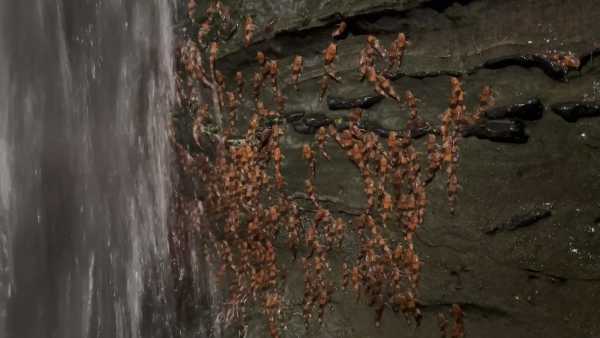
Thousands of bumblebee catfish climbing a waterfall have been captured in previously unseen footage.
-
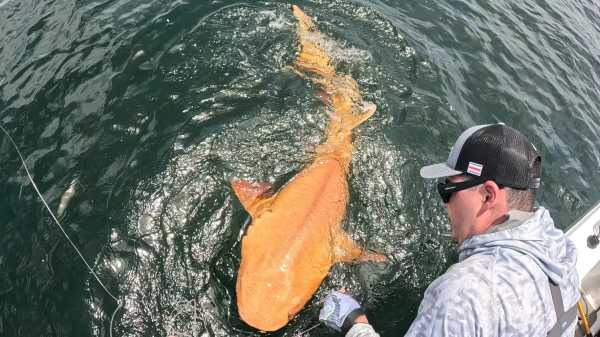
Fishermen have discovered the first-of-its-kind bright orange shark in the Caribbean with two rare diseases.
-
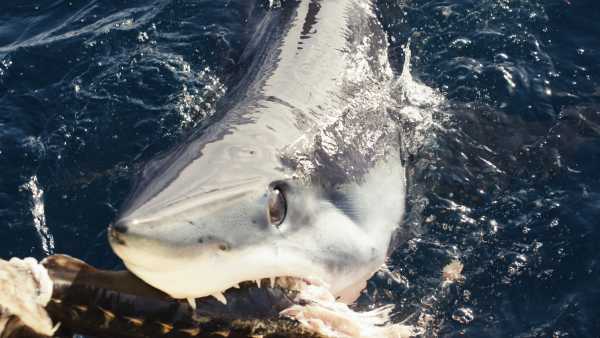
The Shark Week team discovered unusual “black makos” off the coast of California.
A male jaguar, first documented by camera traps in May 2020 near the Serra da Mesa hydroelectric dam in the Brazilian state of Goiás, swam at least 0.79 miles (1.27 km) to reach a small island on an artificial lake created by the dam, researchers said.
A camera trap installed on the island captured the same male four years later, in August 2024. The spots on its coat confirmed it was the same individual. An analysis of the distance between the mainland and the island in the reservoir revealed that the jaguar could have reached the island via two possible routes.
First, it could swim 1.07 kilometers to a small island before re-entering the water, and then swim the remaining 1.2 kilometers. If the jaguar had swum directly from the mainland to the island without stopping, it would have covered 1.54 miles in a single swim, the researchers found.
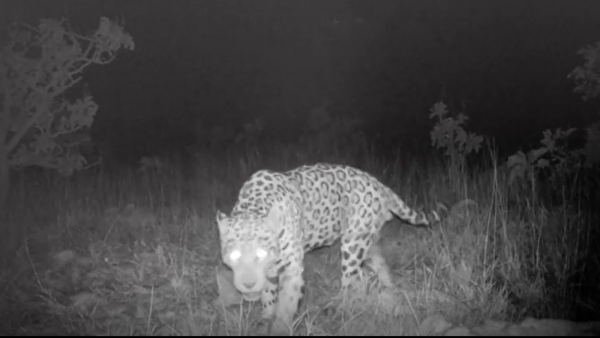
The jaguar was captured using a camera trap on a small island in an artificial lake created by the Serra da Mesa hydroelectric dam.
Even if the swim had been in two stages, it would still have been a record distance for jaguars, the authors write.
It's unclear why the jaguar swam there. “Prey appears to be fairly evenly distributed in this region,” lead study author Leandro Silveira, a biologist with the Jaguar Conservation Fund, told Live Science. “There's no evidence that there's more prey on the island, nor on the coastline. We believe it decided to explore a new area—most likely in search of mates or territory, rather than because of food shortages.”
“We typically expect animals to seek the most cost-benefit travel option, choosing narrower and less risky crossings,” he added. “That's why this result was so unexpected.”
RELATED STORIES
—Texas cougar genes are saving Florida cougars from extinction—for now.
— A sullen Pallas's cat, captured in a stunning camera trap photo in the eastern Himalayas.
Four snow leopards spotted together on a remote mountain in Pakistan in rare footage
However, Fernando Tortato, a project coordinator at the big cat conservation organization Panthera, who was not involved in the paper or the observations, notes that long swims are probably not unusual for jaguars.
“The majority of the jaguar population lives in the Amazon basin,” he told Live Science. “In many places, the main rivers there are significantly more than 1.6 kilometers wide. In some places, they're more than 10 kilometers wide. We know that jaguars don't perceive rivers as barriers.”
Tortato believes the jaguar may have been searching for a new hunting ground for capybaras (Hydrochoerus hydrochaeris), another common prey item. “Capybaras are quite common along these artificial lakes,” he said. “I think so.”

Richard Pallardy, Live Science contributor
Richard Pallardy is a freelance science journalist based in Chicago. His work has appeared in publications such as National Geographic, Science Magazine, New Scientist, and Discover Magazine.
You must verify your public display name before commenting.
Please log out and log back in. You will then be asked to enter a display name.
Exit Read more
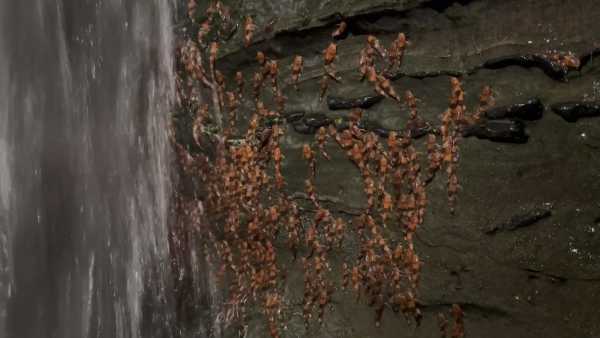
Thousands of bumblebee catfish climbing a waterfall have been captured in previously unseen footage.
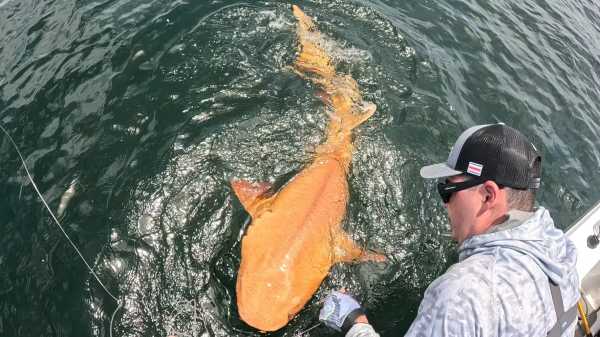
Fishermen have discovered the first-of-its-kind bright orange shark in the Caribbean with two rare diseases.
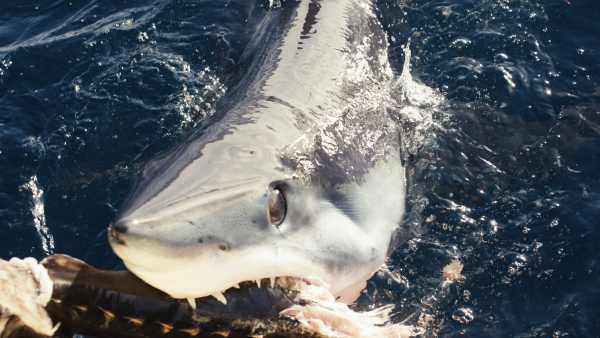
The Shark Week team discovered unusual “black makos” off the coast of California.

Bite marks suggest that the giant terror birds may have been potential prey for another predator – the enormous caiman.
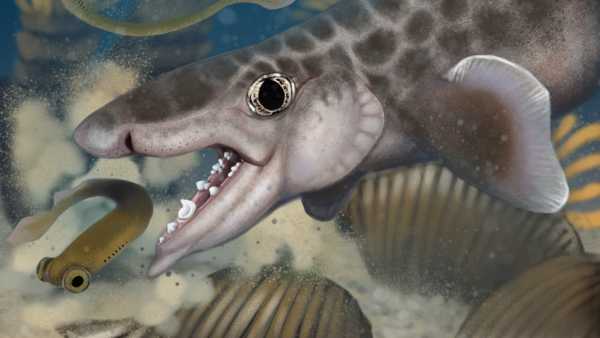
Ancient shark discovered deep inside world's longest cave system
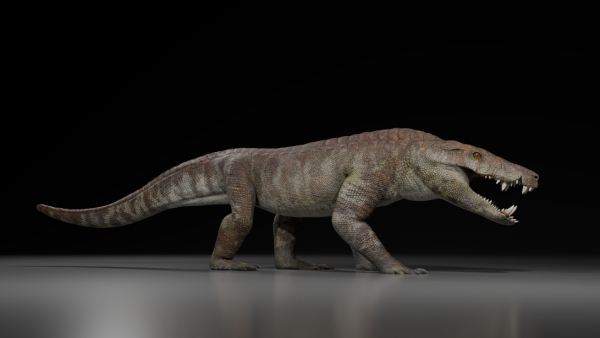
A 70-million-year-old hyperpredator that ate dinosaurs is named after an Egyptian god.
Latest news about Jaguar
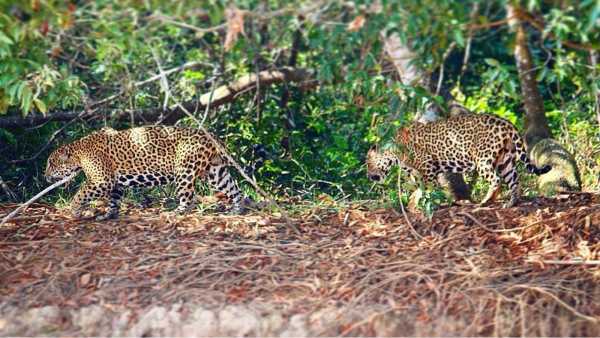
Rival male jaguars have been forming unlikely alliances for years.
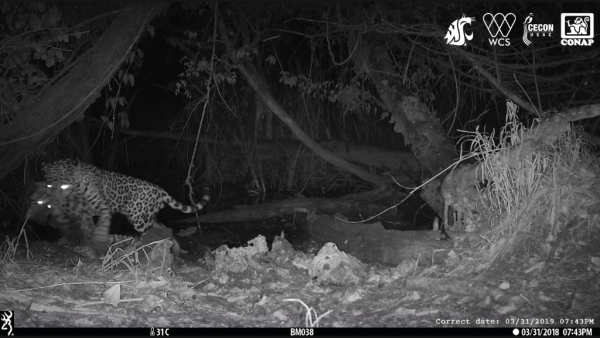
Jaguar kills another wild cat in previously unseen footage

Jaguar Facts: America's Largest Cat
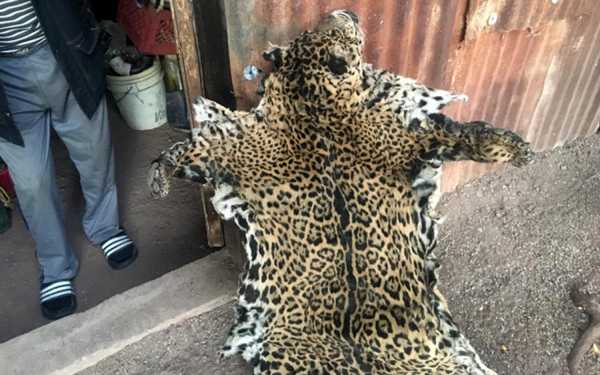
Someone just killed one of the last remaining jaguars in the United States.
Latest news
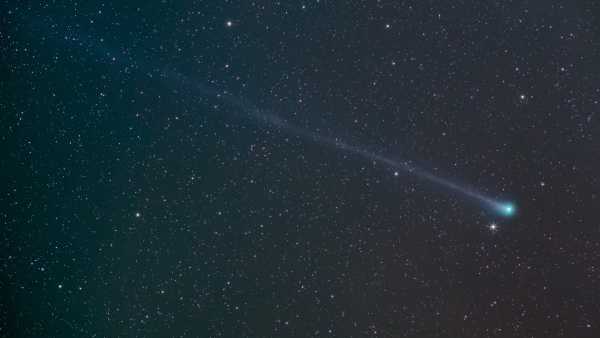
Watch the sky! This October, you'll be able to see two bright comets on the same night during a meteor shower.
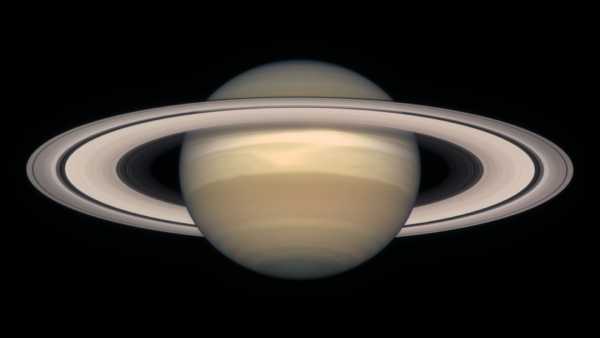
Saturn will be at its brightest and largest on September 21—here's how to see it.

The first black hole ever directly photographed has changed dramatically in just four years, according to a new study.

CDC committee votes to change measles vaccination recommendations for young children

Goodbye, computer mouse? Scientists say innovative new designs can reduce the risk of wrist injuries.

A new report warns that China could overtake the United States to become the leading power in space – and this could happen “in five to 10 years,” an expert says.
LATEST ARTICLES

Goodbye, computer mouse? Scientists say new, innovative designs can reduce the risk of wrist injuries.
Live Science magazine is part of Future US Inc., an international media group and leading digital publisher. Visit our corporate website.
- About Us
- Contact Future experts
- Terms and Conditions
- Privacy Policy
- Cookie Policy
- Accessibility Statement
- Advertise with us
- Web notifications
- Career
- Editorial standards
- How to present history to us
© Future US, Inc. Full 7th Floor, 130 West 42nd Street, New York, NY 10036.
var dfp_config = { “site_platform”: “vanilla”, “keywords”: “type-news-daily,serversidehawk,videoarticle,van-enable-adviser-
Sourse: www.livescience.com





